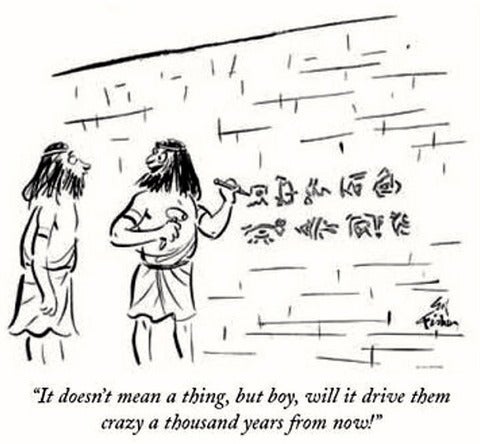Building habits to be a better writer: read daily
It’s no coincidence that the best writers we know are also avid readers. When we read, we unconsciously pick up on the vocabulary, phrasing, structure, and flow in what’s being read. When we read lots, we’re essentially learning a wide repertoire of writing techniques which we internalize and later use in our own writing. So, an obvious logical step towards improving one’s writing is simply to read more.






